Content Roadmap
A content roadmap can enhance your marketing efforts, improve organization, and help you achieve your business goals.
 A content roadmap is your guide to executing a successful content strategy.
A content roadmap is your guide to executing a successful content strategy.
In this lesson, you will learn how to create and implement a content roadmap that will enhance your marketing efforts, improve organization, and help you achieve your business goals.
***
What Is A Content Roadmap?
Having a clear and structured approach to content creation is essential for success. This is where a content roadmap comes into play.
A content roadmap is a strategic tool that visually represents your content marketing objectives, strategies, and tasks over a specific period.
It outlines the specific steps, timelines, and milestones required to implement your content plan and achieve your content marketing goals.
So, a content roadmap acts as a blueprint, guiding your team from the initial stages of content ideation to execution and evaluation, while ensuring that all activities align with your marketing goals.
Why Is A Content Roadmap Important?
The importance of a content roadmap cannot be overstated. It ensures that all content efforts are aligned with the overall business and marketing objectives, providing a clear direction and focus.
By having a content roadmap, your business can streamline its content creation process, avoid redundancy, and ensure that every piece of content serves a purpose.
This organized approach not only enhances efficiency but also helps in maintaining consistency in messaging and brand voice across various platforms.
Content Roadmap Benefits
A content roadmap:
- Improves collaboration within your team by setting clear expectations and deadlines.
- Allows for better resource management by prioritizing tasks and allocating resources effectively.
- Provides a mechanism for tracking progress and making data-driven adjustments to optimize content performance.
In essence, a content roadmap provides the following benefits to your business:
- Alignment: It ensures that all team members and stakeholders are on the same page regarding content objectives and strategies.
- Efficiency: By having a clear plan, you can streamline your content creation and distribution processes, reducing wasted effort and resources.
- Consistency: It helps to maintain a consistent voice and message across all of your content, reinforcing your brand identity.
- Measurement: It provides a framework for tracking progress and measuring the success of your content initiatives, enabling continuous improvement.
Let’s explore this in a little more depth:
Content Roadmap & Marketing Alignment
A content roadmap ensures alignment with overall marketing and business goals by providing a structured framework that ties content initiatives directly to strategic objectives.
Here’s how it accomplishes this:
- Goal Setting and Alignment: A content roadmap begins with the identification of content-specific goals that support broader business and marketing objectives. This ensures that every piece of content produced serves a clear purpose and contributes to overarching goals like brand awareness, lead generation, or customer retention.
- Strategic Planning: By mapping out content initiatives over a defined period, a content roadmap helps in visualizing the journey from current state to desired outcomes. It outlines key activities, deadlines, and milestones, ensuring that all efforts are strategically planned and timed to support business goals.
- Resource Allocation: The roadmap provides clarity on resource needs, helping allocate budget, time, and personnel efficiently. This alignment of resources ensures that high-priority content projects receive the necessary support to achieve business objectives .
- Cross-functional Coordination: A content roadmap serves as a communication tool that aligns various teams (e.g., marketing, sales, product) around a unified strategy. This integrated approach ensures that all departments work towards common goals, fostering synergy and preventing siloed efforts.
- Performance Tracking: Regularly updated roadmaps allow for ongoing tracking of progress against set goals. This enables timely adjustments based on performance data, ensuring that content efforts remain aligned with evolving business priorities and market conditions.
In summary, a content roadmap connects every aspect of content creation and distribution to the company’s strategic goals, ensuring a cohesive and goal-driven approach to content marketing.
Content Roadmap & Content Production Efficiency
A content roadmap is an invaluable tool for organizing content production, setting priorities, and managing resources effectively.
Here’s how it facilitates these processes:
Organizing Content Production
- Structure and Timeline: A content roadmap lays out a clear plan for content creation over a specific period, detailing what content needs to be produced, when it needs to be completed, and the steps involved in the process. This helps in ensuring that content production is systematic and consistent.
- Milestones and Deadlines: It includes key milestones and deadlines, helping your team stay on track and meet content goals on time. This prevents last-minute rushes and ensures a steady flow of content.
Setting Priorities
- Task Ranking: By listing out all content tasks and ranking them based on their importance and urgency, a content roadmap helps to prioritize tasks that align closely with business objectives.
- Alignment with Goals: It ensures that the most critical content projects, those that support key marketing and business goals, are given priority. This ensures that content efforts are focused on what matters most.
Managing Resources Effectively
- Resource Allocation: A content roadmap provides clarity on the resources needed for each content project, helping in the efficient allocation of budgets, personnel, and tools. This ensures that resources are used where they are most needed and can be tracked efficiently.
- Team Coordination: It facilitates better coordination among team members by clearly outlining roles, responsibilities, and timelines, ensuring that everyone is on the same page and working towards common goals.
- Avoiding Resource Conflicts: By planning and scheduling content production in advance, a content roadmap helps avoid resource conflicts and overburdening of team members, leading to smoother operations.
In summary, a content roadmap helps streamline content production, prioritize tasks effectively, and manage resources efficiently, ensuring that content marketing efforts are strategic, focused, and productive.
Content Roadmap & Brand Consistency
A content roadmap is crucial for maintaining a consistent voice and message across all content, thereby reinforcing your brand identity.
Here’s how it achieves this:
Centralized Planning
- Unified Strategy: A content roadmap centralizes the planning of all content-related activities, ensuring that every piece of content aligns with your overall brand strategy. This unified approach prevents discrepancies and maintains consistency.
- Clear Guidelines: It includes guidelines for tone, style, and messaging, providing a reference for content creators to ensure that all content pieces convey your brand’s voice accurately.
Consistency in Themes and Messaging
- Content Themes: By outlining specific content themes and key messages, a roadmap ensures that all content pieces revolve around central ideas that reflect your brand’s core values and goals.
- Alignment with Brand Identity: It helps in aligning your content with your brand identity by consistently reinforcing your brand’s mission, vision, and values across different content types and platforms.
Efficient Coordination
- Team Collaboration: A content roadmap enhances coordination among team members by clearly defining roles and responsibilities, ensuring everyone is on the same page regarding the brand voice and messaging.
- Consistent Execution: It facilitates the consistent execution of your content strategy, making sure that every piece of content, regardless of who creates it, maintains the same quality and tone.
Monitoring and Adjustments
- Tracking Progress: By tracking the progress of content initiatives, a roadmap allows for regular reviews and adjustments, ensuring that your content continues to align with your brand’s evolving identity and market trends.
- Feedback Incorporation: It provides a structured way to incorporate feedback and make necessary changes to your content strategy, maintaining consistency while adapting to new insights and audience preferences.
In summary, a content roadmap plays a vital role in maintaining a consistent voice and message across all content, reinforcing your brand identity by ensuring alignment, consistency, and effective coordination.
Content Roadmap & Progress Measurement
A content roadmap is an essential tool that provides a structured framework for tracking progress and measuring the success of your content initiatives.
This facilitates continuous improvement through the following mechanisms:
Clear Objectives and Metrics
- Defined Goals: A content roadmap starts by setting clear, measurable objectives aligned with business goals. These objectives provide a baseline against which progress can be measured.
- Key Metrics: It includes specific metrics to track performance, such as engagement rates, conversion rates, and traffic analytics. These metrics help in assessing the effectiveness of your content efforts.
Regular Monitoring
- Progress Tracking: The roadmap allows for ongoing tracking of content production and performance, ensuring that all initiatives stay on course and meet the set milestones.
- Visibility and Accountability: It provides visibility into the status of various content projects, enabling your content team to identify bottlenecks and address these promptly. This accountability ensures that deadlines are met and quality is maintained.
Feedback and Adjustments
- Performance Analysis: By regularly analyzing performance data against predefined metrics, your team can gain insights into what is working and what is not.
- Continuous Improvement: This analysis allows for data-driven decisions and continuous optimization of your content strategy. Adjustments can be made to improve content quality, enhance engagement, and better align with your audience’s needs.
Strategic Adjustments
- Agility: A content roadmap provides the flexibility to pivot strategies based on real-time feedback and changing market conditions, ensuring that your content remains relevant and effective.
- Alignment with Business Goals: It ensures that content initiatives remain aligned with your overarching business objectives, thus contributing to long-term success.
In summary, a content roadmap is instrumental in tracking progress, measuring success, and fostering continuous improvement by providing a clear framework, facilitating regular monitoring, enabling data-driven adjustments, and ensuring strategic alignment.
How To Plan Your Content Roadmap

Planning an effective content roadmap involves the following steps:
- Goal Setting: Start by setting clear, measurable goals for your content marketing efforts, such as increasing brand awareness, driving more traffic, or generating leads.
- Audience Research: Understand your target audience’s needs, preferences, pain points, and behaviors to create relevant and engaging content. Use tools like surveys, analytics, and customer feedback.
- Content Audit: Assess your current content to identify gaps, areas for improvement, and high-performing content that can be repurposed or updated.
- Content Themes and Topics: Brainstorm and prioritize content themes and topics based on your objectives and audience research. These should align with your brand messaging and address the needs of your target audience.
- Create a Content Calendar: Plan the types of content you will produce and develop a calendar to ensure regular and timely content delivery, outlining when each piece of content will be created, published, and promoted. Consider seasonality, industry events, and holidays in your scheduling.
- Resource Allocation: Allocate resources such as time, budget, and personnel to support content creation and distribution efforts effectively.
- Assign Responsibilities: Designate team members for each task, from content creation to distribution and analysis.
- Content Creation: Develop high-quality content assets, including articles, videos, infographics, and podcasts, based on the identified themes and topics.
- Distribution Plan: Determine how you will distribute and promote your content across various channels, including social media, email newsletters, and industry forums.
- Measurement and Analysis: Define key performance indicators (KPIs) to measure the success of your content strategy. Regularly review and analyze content performance and performance data to identify areas of improvement and adjust your roadmap accordingly to stay aligned with your goals.
Content Roadmap Examples
Now that we’ve looked at what a content roadmap is, it’s importance in aligning your content strategy with your marketing objectives, and how to create one for your organization, let’s look at some practical examples of how a content roadmap can actually help businesses achieve their content marketing goals.
Using A Content Roadmap To Increase Brand Awareness
A fashion store can increase brand awareness using a content roadmap by following these steps:
- Set Clear Objectives: Define goals such as increasing social media followers by 20% and boosting website traffic by 30% within six months.
- Identify Target Audience: Conduct research to understand the preferences and behaviors of their target audience, such as young adults interested in sustainable fashion.
- Content Planning:
- Blog Posts: Publish bi-weekly blog posts about sustainable fashion trends, styling tips, and behind-the-scenes stories of the brand’s production process.
- Social Media: Create daily posts on Instagram and TikTok featuring outfit inspirations, user-generated content, and influencer collaborations to engage with the audience and promote new collections.
- Email Newsletters: Send weekly newsletters with exclusive discounts, new arrivals, and fashion advice to keep customers engaged and informed.
- Content Calendar: Develop a detailed content calendar scheduling all planned content across different platforms to ensure consistent and timely delivery.
- Collaborations and Influencer Marketing: Partner with fashion influencers and bloggers to expand reach and attract new followers. Share their content and feature them on the store’s social media channels.
- Monitor and Adjust: Use analytics tools to track the performance of the content and adjust their strategies based on what content performs best and engages their audience most effectively.
Using A Content Roadmap To Drive More Website Traffic
A camping equipment store can drive more traffic to its website using a content roadmap by following these steps:
- Set Clear Objectives: Aim to increase website traffic by 25% over the next six months and improve search engine rankings for key camping-related terms.
- Identify Target Audience: Focus on outdoor enthusiasts, families, and adventure seekers who are interested in camping gear and tips.
- Content Planning:
- Blog Posts: Publish weekly blog posts on topics like “Top 10 Camping Gear Essentials” and “Best Camping Spots for Families”. Include keyword-rich content to boost SEO.
- Product Reviews: Create detailed reviews and comparisons of camping equipment to help customers make informed decisions.
- How-to Guides: Offer practical guides on topics such as “How to Set Up a Tent” or “Campfire Cooking Tips” to provide valuable information to visitors.
- Video Content: Produce engaging video tutorials and gear demonstrations to attract a broader audience and enhance user engagement.
- Content Calendar: Develop a content calendar that schedules blog posts, product reviews, guides, and videos to ensure a steady flow of new content.
- Social Media Promotion: Share all content on social media platforms like Instagram, Facebook, and YouTube. Engage with the audience through comments, contests, and live Q&A sessions.
- Email Marketing: Send out monthly newsletters featuring the latest blog posts, product reviews, and exclusive offers to keep subscribers engaged and drive repeat traffic to the website.
- Collaborations and Influencer Marketing: Partner with outdoor influencers and bloggers to expand reach. Share their content and feature their camping experiences using the products.
- Monitor and Adjust: Use analytics tools to track website traffic, user engagement, and content performance, and adjust the content strategy based on what works best to continuously drive traffic.
Using A Content Roadmap To Generate More Leads
A men’s hair salon can generate more leads and hair cutting appointments using a content roadmap by following these steps:
- Set Clear Objectives: Aim to increase the number of new client leads by 30% and boost online appointment bookings by 25% over the next six months.
- Identify Target Audience: Focus on men aged 18-45 who are interested in grooming, fashion, and convenience.
- Content Planning:
- Blog Posts: Publish bi-weekly blog posts on topics like “Top Haircuts for Men in 2024” and “Grooming Tips for the Modern Man.” Include relevant keywords to enhance SEO.
- Social Media Content: Share daily updates on Instagram and Facebook featuring client transformations, grooming tips, and behind-the-scenes content to engage followers and attract new clients.
- Video Content: Create monthly YouTube videos and Instagram Reels demonstrating different haircuts and styling techniques to showcase the salon’s expertise and attract potential clients.
- Content Calendar: Develop a content calendar to schedule blog posts, social media updates, and video content to ensure a consistent and strategic online presence.
- Google My Business: Optimize the salon’s Google My Business profile by regularly updating it with new photos, client reviews, and posts about special offers or events.
- Email Marketing: Send out bi-weekly newsletters to subscribers featuring exclusive promotions, new services, and grooming tips to encourage repeat visits and referrals.
- Collaborations and Influencer Marketing: Partner with local influencers and fashion bloggers to increase brand visibility and reach a wider audience. Feature their haircuts and reviews on the salon’s social media platforms.
- Monitor and Adjust: Use analytics tools to track lead generation, website traffic, and appointment bookings, and adjust the content strategy based on performance metrics to optimize results.
Content Roadmap – FAQs
Here are frequently asked questions about content roadmaps:
What is a content roadmap?
A content roadmap is a strategic plan that outlines the creation, publication, and management of content over a specific period. It helps align content efforts with business goals by detailing themes, topics, timelines, and responsibilities.
Why do businesses need a content roadmap?
A content roadmap provides direction, ensures consistency, and aligns content with business objectives. It helps teams stay organized, prioritize tasks, and measure progress, leading to more effective and efficient content marketing efforts.
What are the benefits of a content roadmap?
- Improved Planning: Ensures a steady flow of content aligned with marketing goals.
- Enhanced Consistency: Maintains a consistent voice and message across all channels.
- Resource Management: Allocates tasks and resources effectively, avoiding bottlenecks.
- Measurable Progress: Provides metrics to track the success and impact of content initiatives.
- Stakeholder Alignment: Keeps everyone on the same page, ensuring cohesive strategies.
What are the challenges of developing a content roadmap?
- Time-Consuming: Requires significant time to plan and coordinate.
- Flexibility: Needs to be adaptable to changing market conditions and business priorities.
- Resource Allocation: Demands careful resource management to meet deadlines and goals.
- Stakeholder Buy-In: Ensuring all stakeholders agree and adhere to the roadmap.
What are the pros of implementing a content roadmap?
- Strategic Alignment: Aligns content creation with business objectives.
- Efficiency: Streamlines content production and reduces last-minute scrambles.
- Focus: Helps maintain focus on key content areas and goals.
- Collaboration: Enhances teamwork and collaboration by clearly defining roles and responsibilities.
- Performance Tracking: Allows for tracking progress and measuring success.
What are the cons of implementing a content roadmap?
- Time-Consuming: Initial setup and maintenance can be time-intensive.
- Rigidity: May become too rigid, limiting responsiveness to new opportunities.
- Complexity: Can be complex to manage, especially for larger teams.
- Over-Planning: Excessive detail can lead to complexity and inflexibility.
- Maintenance: Requires ongoing updates and adjustments, which can be resource-intensive.
How does a content roadmap enhance resource management?
A content roadmap helps allocate tasks and resources efficiently, avoiding duplication of efforts and ensuring that all team members know their responsibilities and deadlines. This leads to better use of time and skills, and helps in meeting content goals without overburdening any single resource.
How can a content roadmap improve content consistency?
By defining a clear voice, tone, and messaging guidelines, a content roadmap ensures that all content aligns with the brand’s identity. Regular review cycles and a shared understanding among team members help maintain this consistency across all channels.
What tools can assist in creating and managing a content roadmap?
Many popular project management tools can be used to create and manage content roadmaps. These tools offer templates, task management features, and collaboration functionalities that will help you create a clear and organized content roadmap, and streamline processes like tracking progress, setting priorities, and managing resources effectively.
Are there templates available to help get started with content roadmaps?
Yes, many content production tools provide templates to help get started with content roadmaps.
How can a content roadmap help in tracking progress and measuring success?
A content roadmap provides a framework for setting clear objectives and key performance indicators (KPIs). By regularly tracking these metrics, your business can measure the effectiveness of your content strategies, identify areas for improvement, and make data-driven decisions to enhance future content efforts.
What should be included in a content roadmap?
A comprehensive content roadmap should include:
- Content Themes and Topics: What subjects will be covered and why.
- Publication Schedule: When and where content will be published.
- Responsible Parties: Who is responsible for creating, editing, and publishing content.
- Metrics and KPIs: How success will be measured.
- Review and Update Cycles: When and how the roadmap will be reviewed and updated.
How often should a content roadmap be updated?
A content roadmap should be reviewed and updated regularly, typically on a monthly or quarterly basis, to ensure it remains aligned with business goals and market trends. This flexibility allows for adjustments based on performance data and new opportunities.
Can small businesses benefit from a content roadmap?
Absolutely. A content roadmap is beneficial for businesses of all sizes. For small businesses, it provides structure and clarity, ensuring that limited resources are used effectively to achieve maximum impact with their content marketing efforts.
What is the first step in creating a content roadmap?
The first step in creating a content roadmap is to define your content strategy. This involves understanding your target audience, setting clear goals, and identifying the key messages and themes that will guide your content creation efforts.
Resources
See these resources for useful tools and software that can assist you in creating and managing a content roadmap:
***
Image: Road
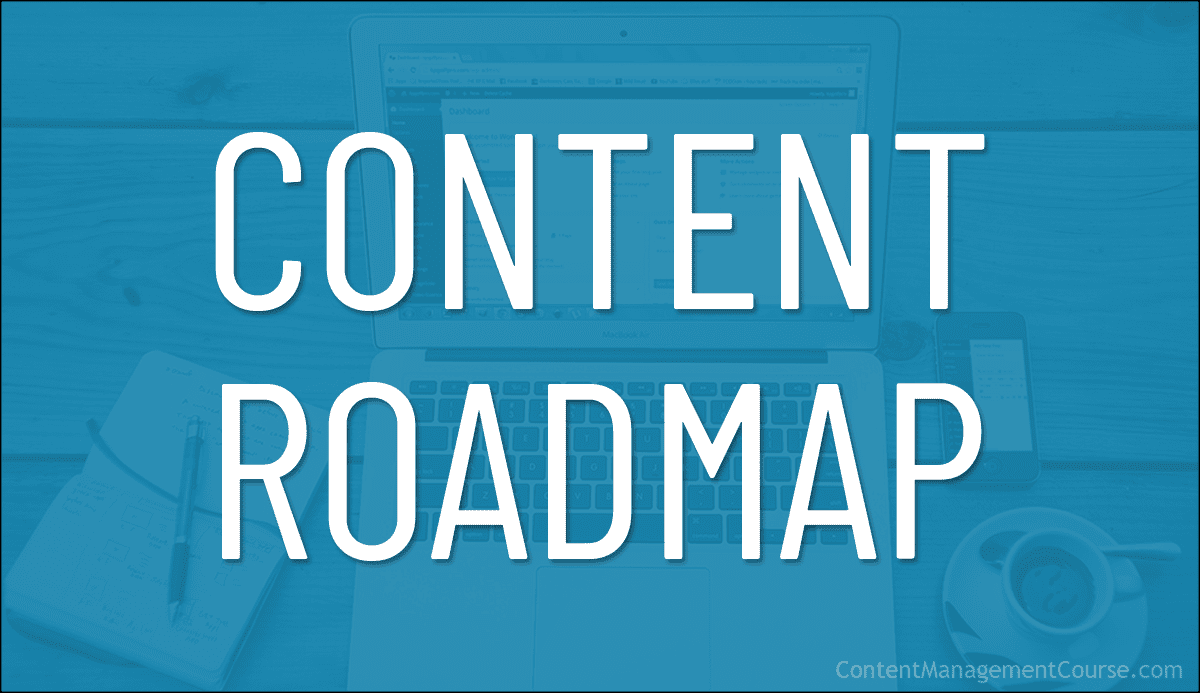


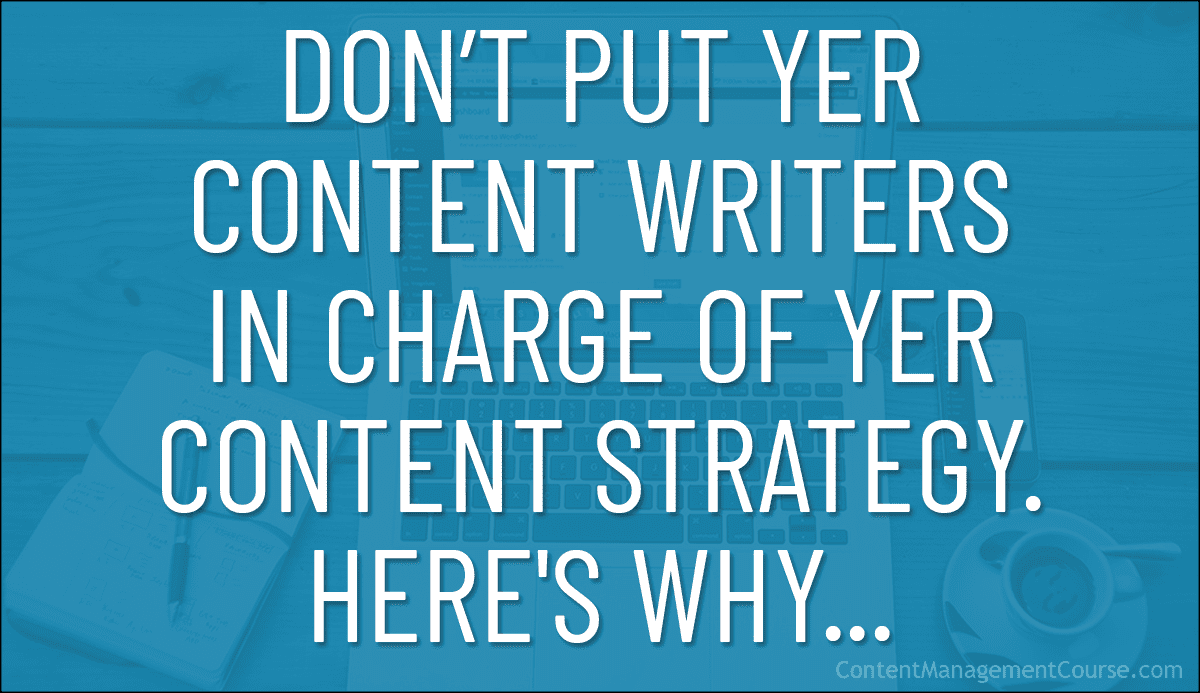
 Lemme give it to ya raw
Lemme give it to ya raw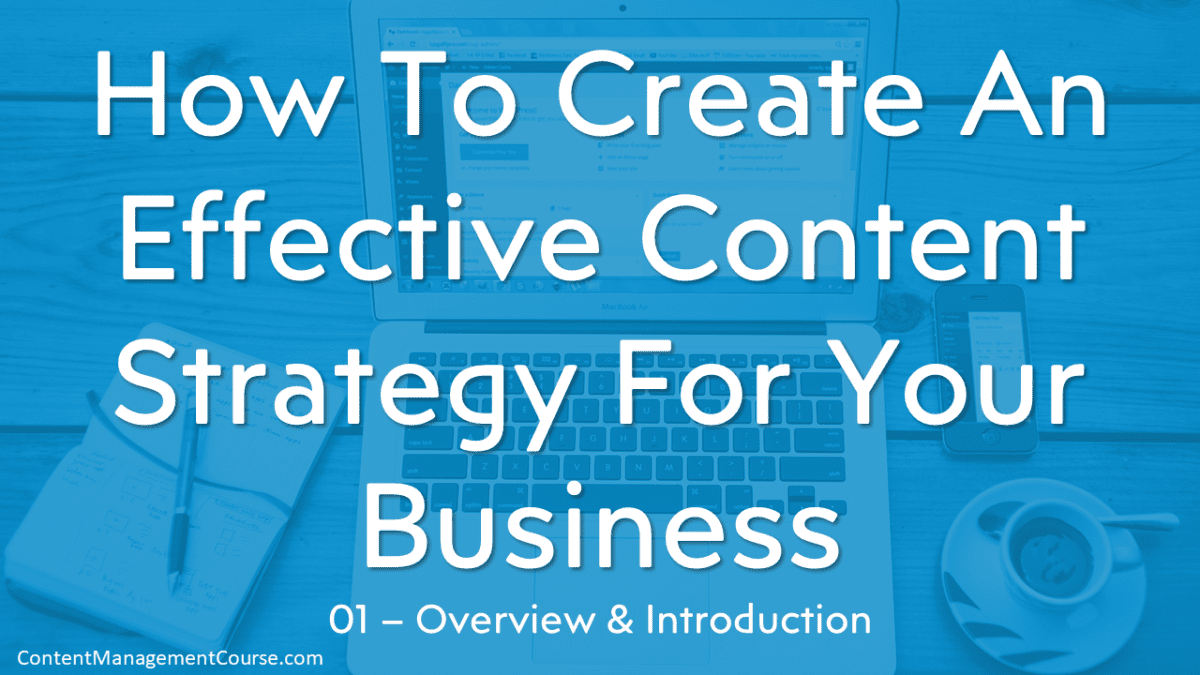
 This is Part 1 of our free
This is Part 1 of our free 




















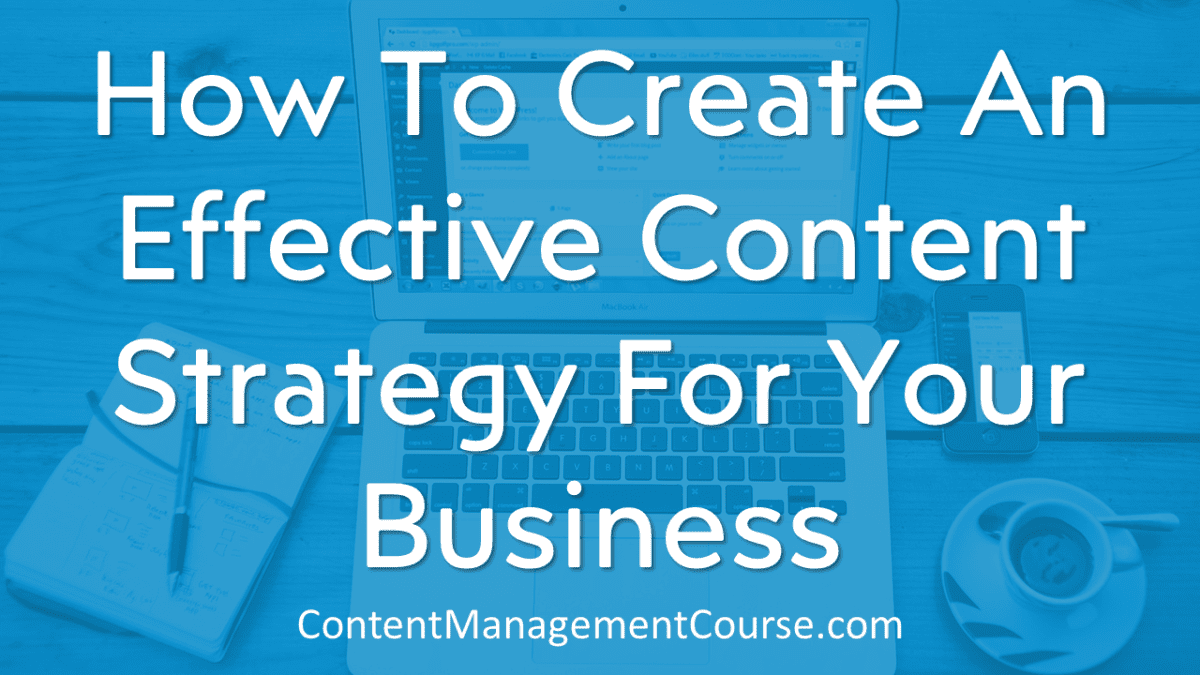















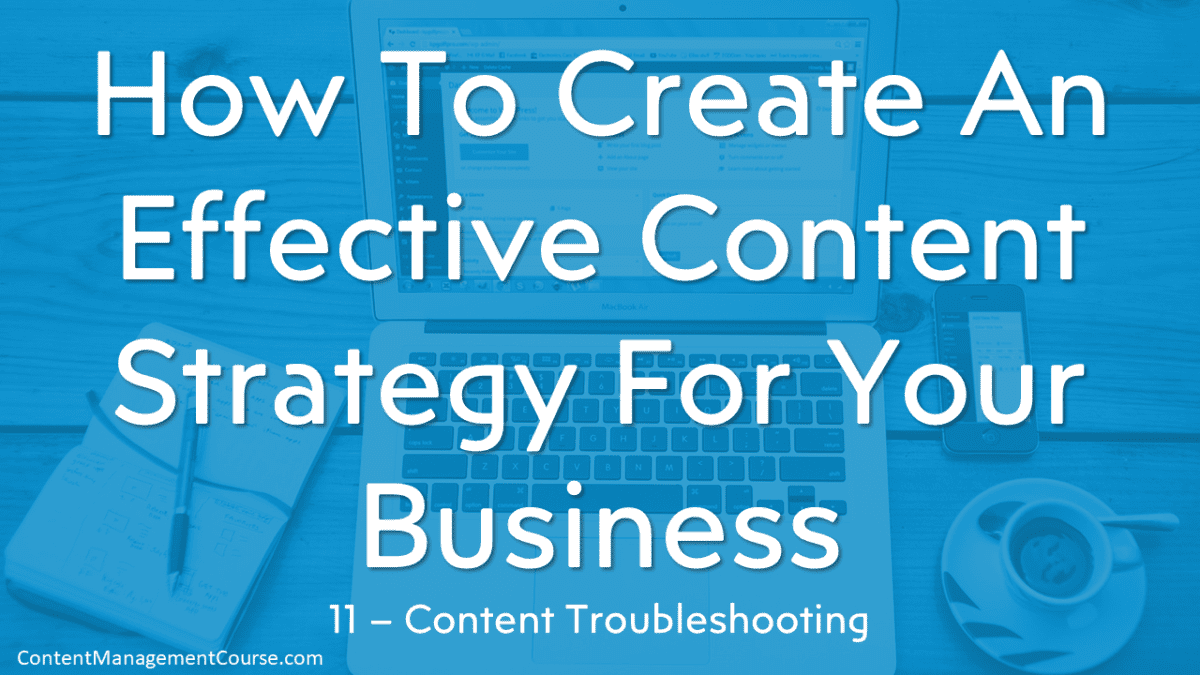






















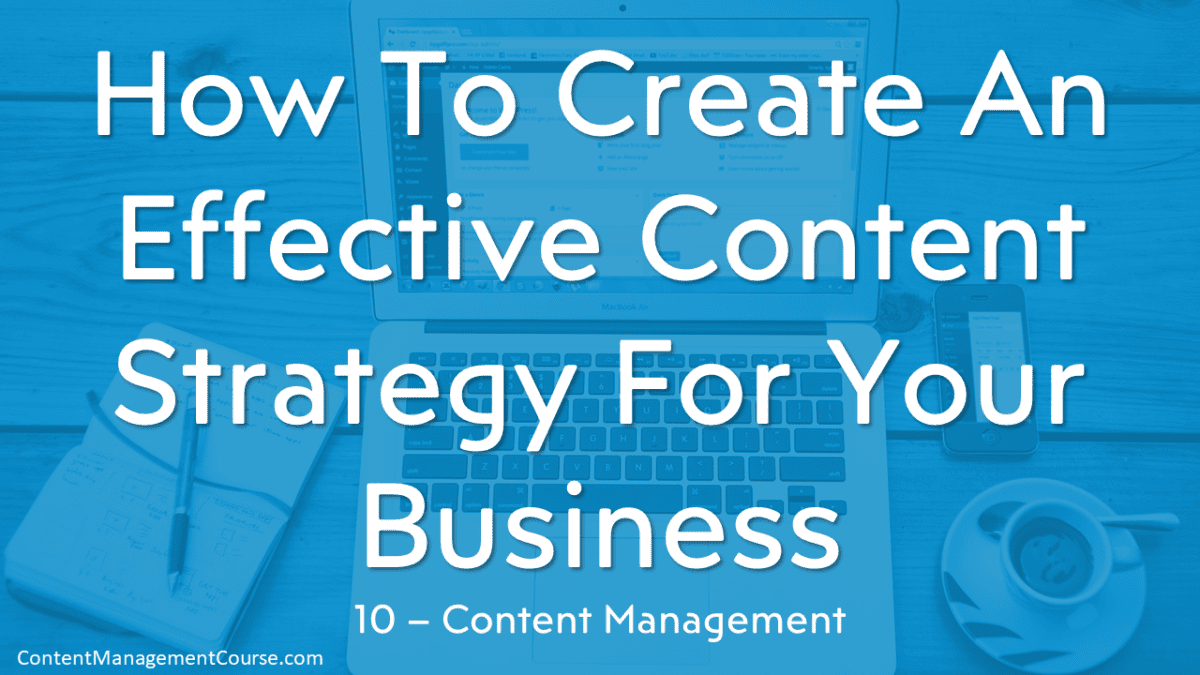
















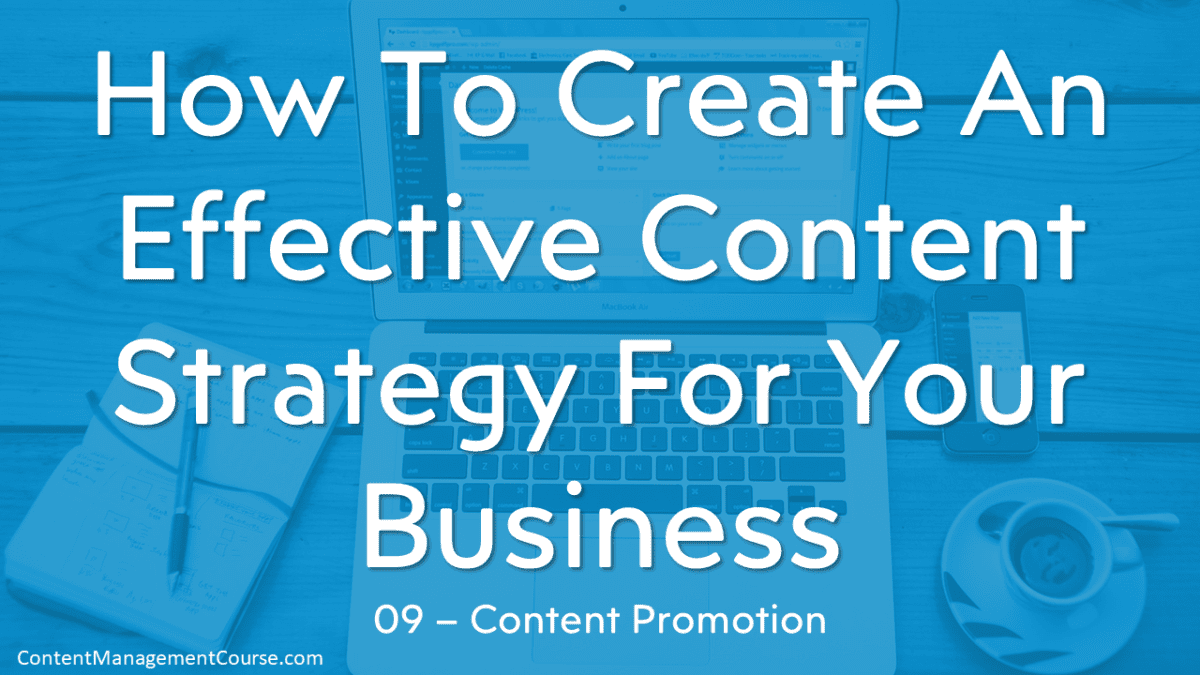











 So that’s all for this lesson.
So that’s all for this lesson.































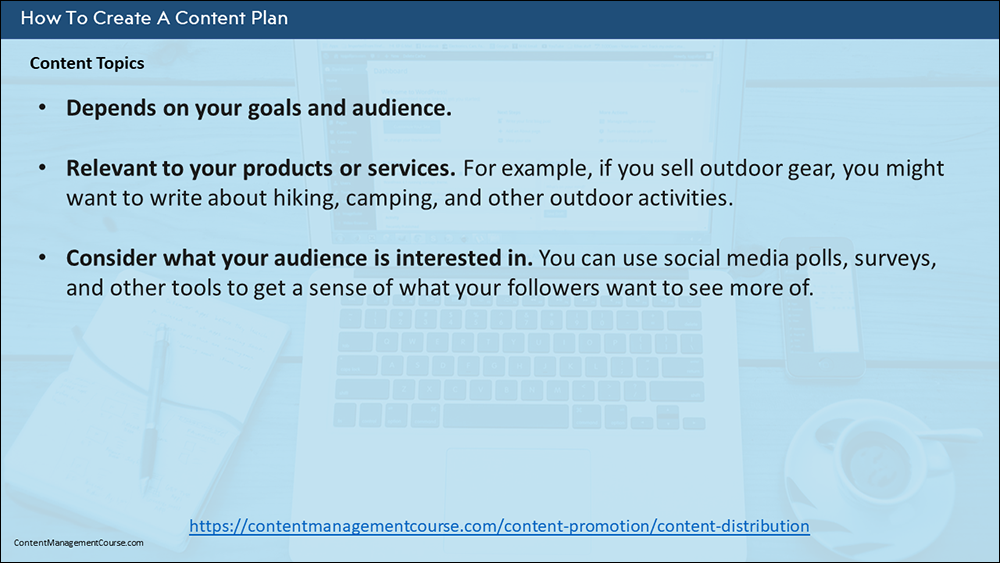












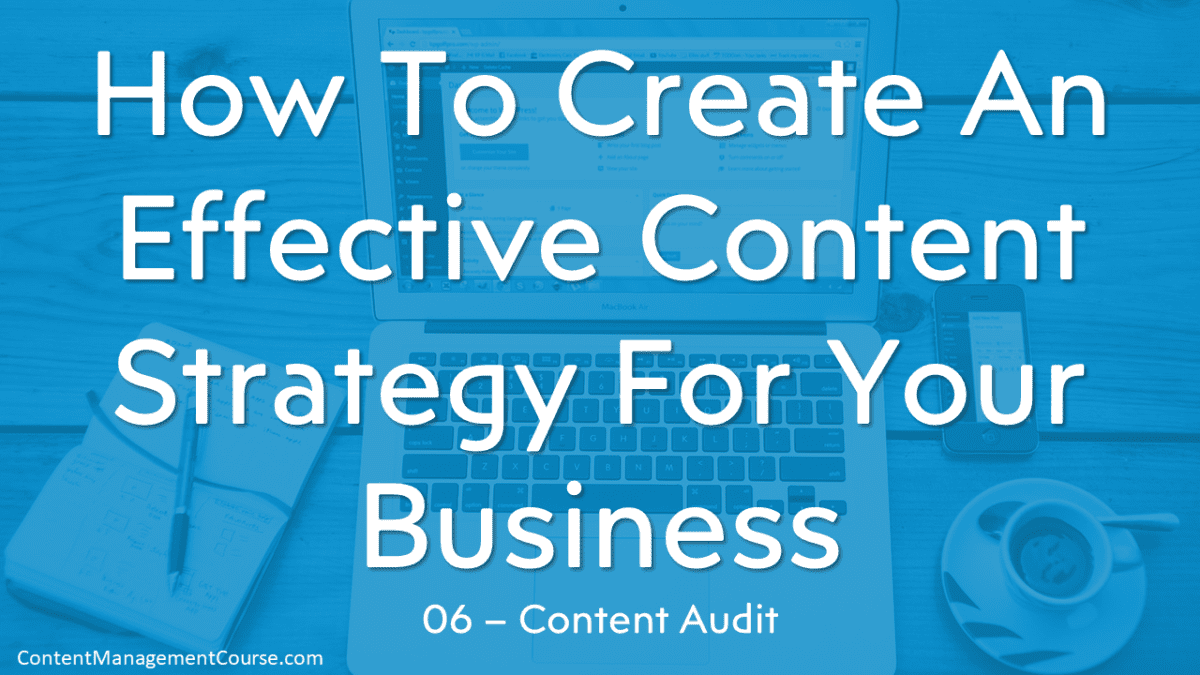






















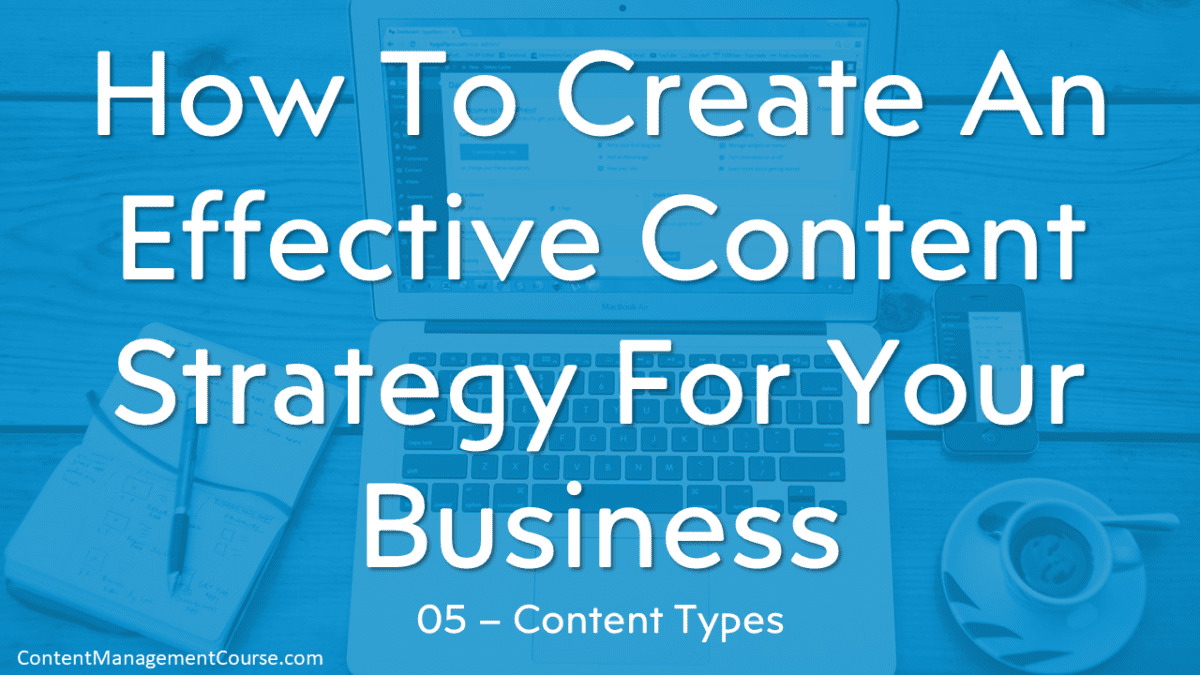



 Content formats include not only common formats like text, images, video, and audio but also interactive formats, virtual and augmented reality, and live streaming.
Content formats include not only common formats like text, images, video, and audio but also interactive formats, virtual and augmented reality, and live streaming. What I do want to cover in this lesson are the key things to consider when making decisions about which content types you will use.
What I do want to cover in this lesson are the key things to consider when making decisions about which content types you will use.






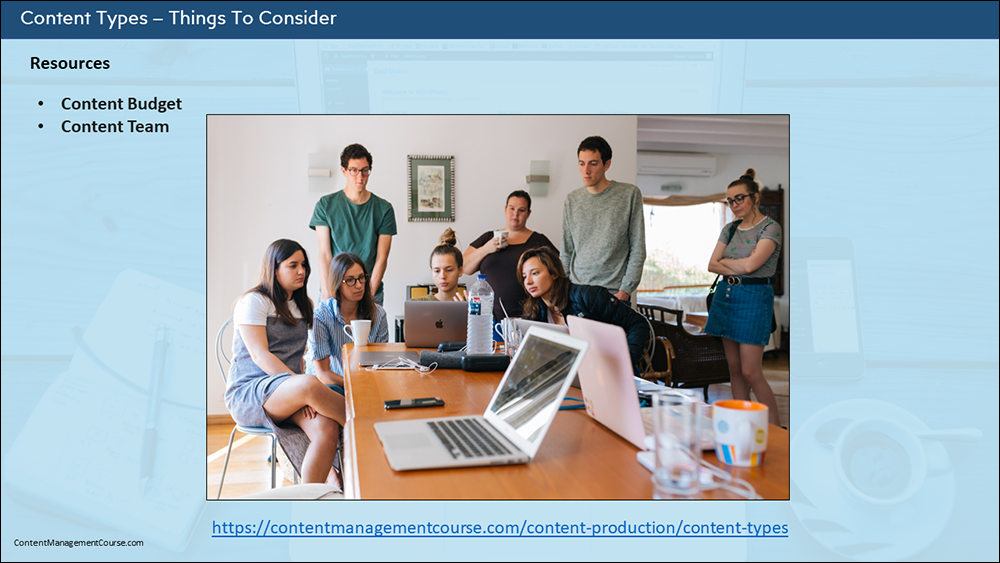


 In the next lesson, we’ll look at doing a
In the next lesson, we’ll look at doing a 
















 By identifying key characteristics of our target audience such as demographics, their interests, and their pain points, we can then create content that will speak directly to their needs, desires, and motivations.
By identifying key characteristics of our target audience such as demographics, their interests, and their pain points, we can then create content that will speak directly to their needs, desires, and motivations.







 In the next lesson, we’ll look at setting content goals to create an effective content strategy.
In the next lesson, we’ll look at setting content goals to create an effective content strategy.